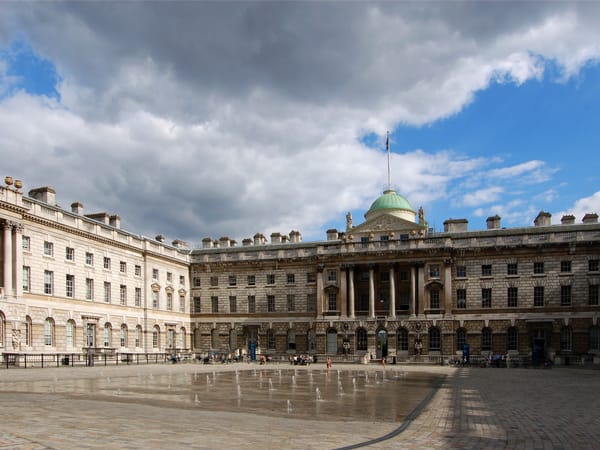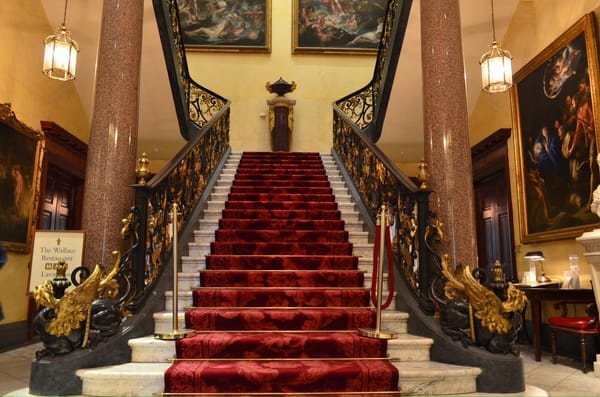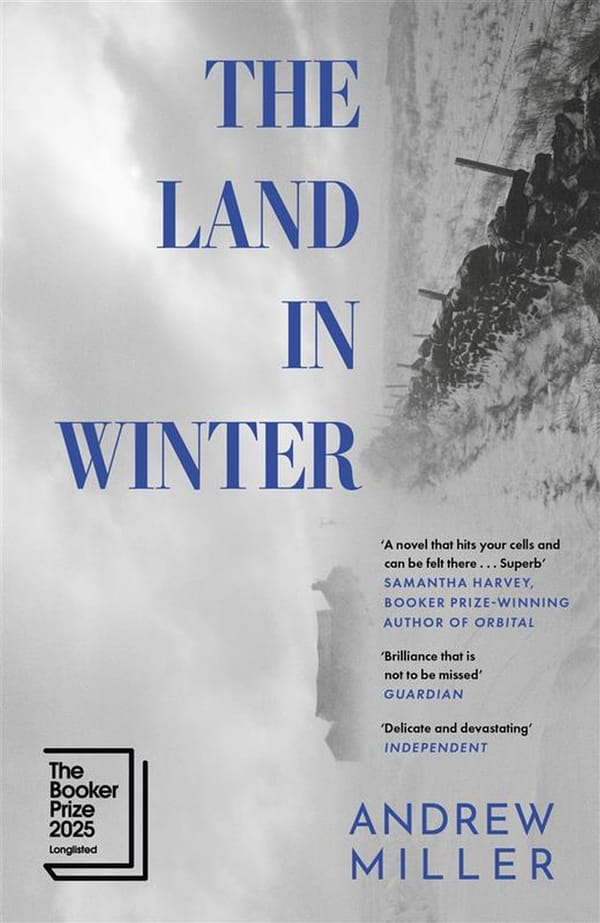Climate Change - It is here, and it is now
British museum reinforces the urgency of climate action in its recent exhibition on Arctic life, Arctic - culture and climate

Arctic - culture and climate
★★★★★
- What: Exhibition
- Where: British Museum (Online tour link below)
- When: Online
- Cost: None
Currently in our series of reviews reflecting on the new age consumption of art, we (re)visit the British museums’ latest exhibition — 'Arctic - culture and climate'. Under normal circumstances the exhibition would be on its final leg this week — scheduled to close on the 21st of February 2021. However, with the pandemic lockdowns almost entirely cancelling the exhibitions’ physical run — the museum adapted to the changing reality around December by braving to move the discussion entirely online to its website and YouTube channel. Curated to showcase the lives, traditions, rich history, and current plight of Artic cultures stuck at the forefront of the climate crisis, the exhibition now survives as a series of catalogue exhibits and curated visual tours on their website.
Dr. Jago Cooper, Curator and head of the Americas in the British Museum, drives home an important distinction in the beginning of the tour, between the way human presence is re-conciliated in Arctic civilisations vis-a-vis our modern world. For them, the planet is not viewed as a finite set of resources to be exploited but rather an integral part of ecosystem that humans inhabit. He goes on to say that this idea feeds into the aesthetics of Arctic life and indigenous art itself and this establishes a suitable platform to contextualise the exhibits within even if we are to only experience them online.
For them, the planet is not viewed as a finite set of resources to be exploited but rather an integral part of ecosystem that humans inhabit
Life in the Artic is in many ways a constant battle with the forces of nature — a keen sense of survival and resourcefulness are requisite to brave the harsh conditions of the region. This resourcefulness, which the exhibit strives to highlight, underscores the common thread in cultures of many of these civilisations - from the Inupiat's in Alaska to the Sami of Northern Europe. The lives of these civilisations are interwoven with the weather and ecosystem and in so many ways they are in a constant symbiosis with the surrounding flora and fauna. The exhibits (the limited ones that survive on their online tours), be it the highly ornate snow goggle, made from Reindeer skin and decorated with glass and uranium beads from Dolgan, Russia or the whaling suit from Kalaallit Greenland (the first of its kind single wetsuit) highlights this innovative resourcefulness in using primitive tools to overcome the harsh climate.

The exhibition incorporates many innovative ways of introducing aspects from the lives of these cultures. From a recreation of an Inuksuk, a place-marker used by the Innuit built from Kentish ragstones, to an innovative purpose-built podium surrounded by floor markers depicting the artic circle, from where an observer might experience the diverse cultures within, their proximity to each other and to other ecosystems — and of course — how fast global warming is eroding this life within the artic circle.
The veneration shown for the ecosystem by these civilisations is seen throughout in their art. There is a highly decorated ivory plate belonging to 6th century walrus hunters in the Bering Strait between Russia and Alaska, that showcases beautifully carved artworks of polar bears and seals - reflecting their shared symbiosis been even the hunters and the hunted.
Looking at these exhibits on the online catalogue one cannot help recognising the disconnect — the drawback of a catalogue experience where curatorial input is almost entirely lost — but these online versions offer enough to both appreciate the context and introspect.
So, whether you are a socially conscious-responsible Imperial student eager to learn more about arctic cultures and the aftereffects of global warming or just happen to have a few minutes free on your lunch break and would like to take a break from all the online lectures — pop over to the British Museum’s Curators tour of the exhibition (link below). There is a much-needed change in the discourse concerning Climate Change, from circling around flooding in Miami 50 years from now to addressing the rapidly eroding ecosystem of Arctic civilizations right now — and the exhibition does a fantastic job in strengthening this narrative and should not be missed by anyone.
Curators tour and online catalogue: https://www.britishmuseum.org/exhibitions/arctic-culture-and-climate






